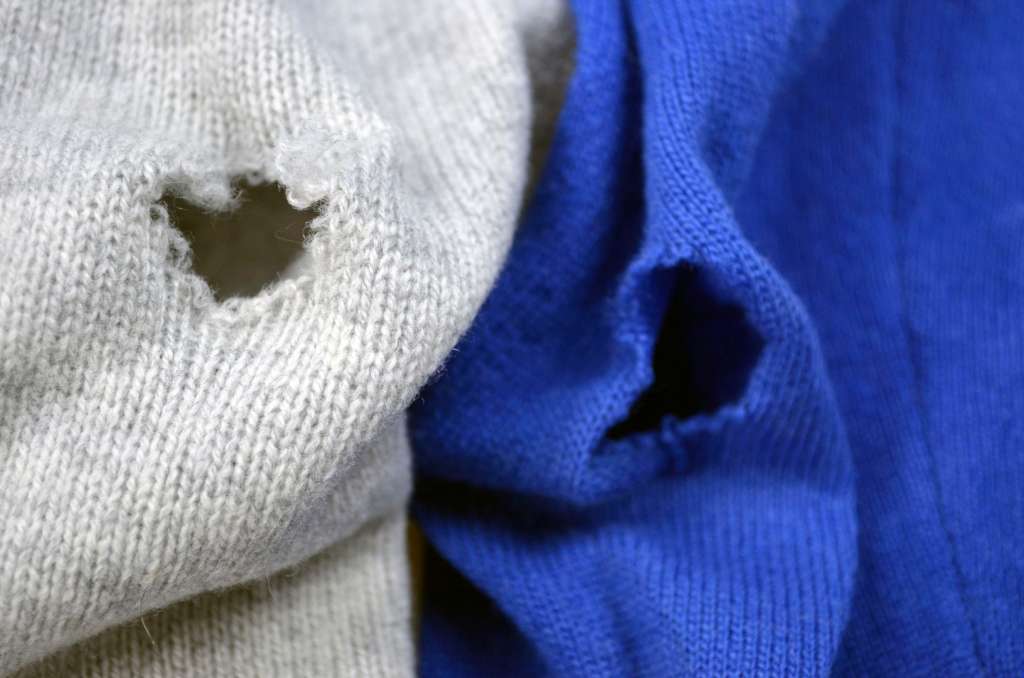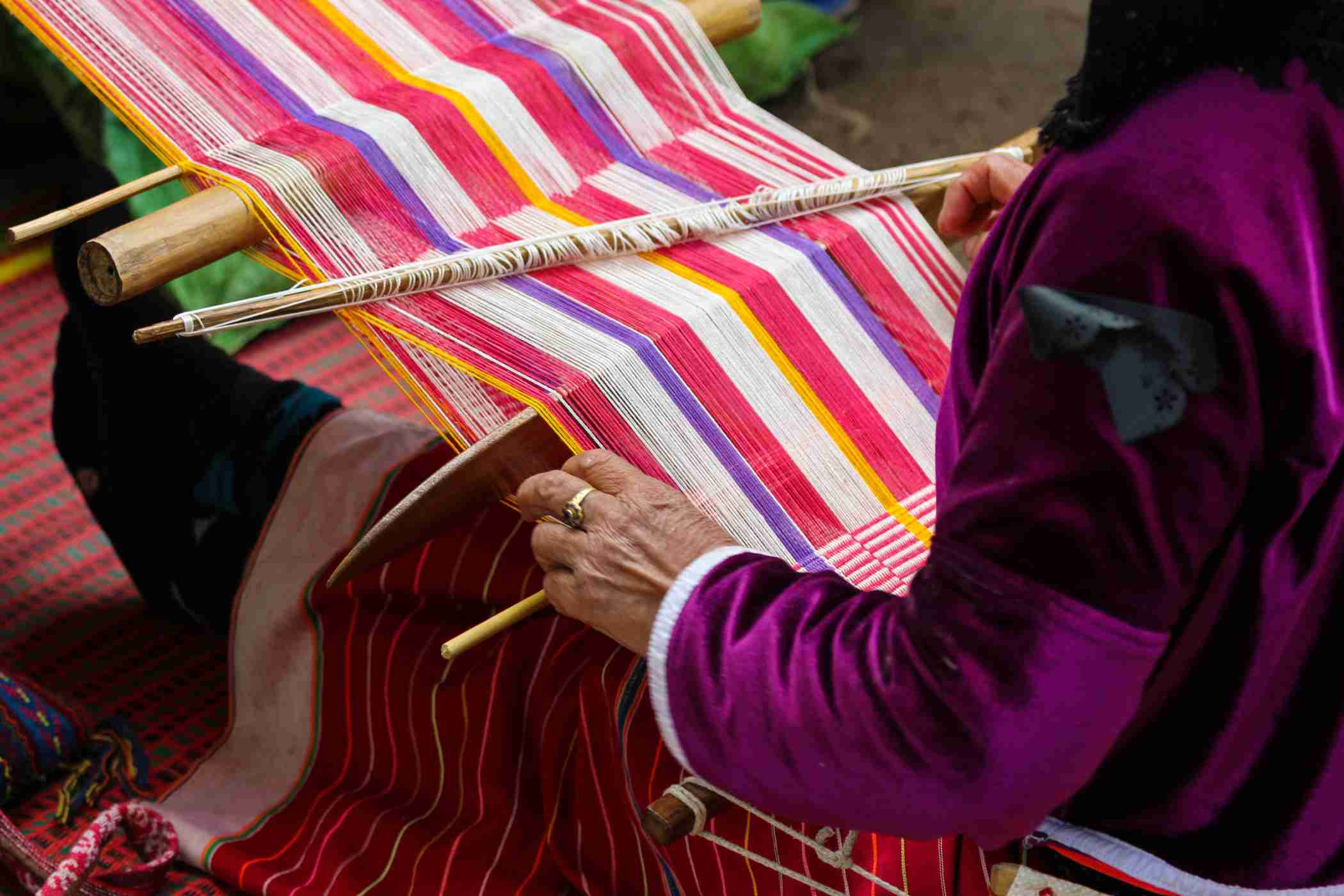Main Problems in Clothing Manufacturing Process and How to Avoid Them



Clothing manufacturing is no doubt a long and complex process. Any problems during the process may result in serious consequences and affect the quality of the products and the delivery timelines. To ensure smooth functioning, manufacturers need to understand the problems that may arise and learn how to resolve them efficiently.
There are various ways to anticipate and prevent such issues. This article discusses some common issues that may arise in the clothing manufacturing process and ways to tackle them.
Poor Communication
As with any business, good communication between concerned parties is key to the success of the manufacturing business. Poor communication between designers and the manufacturing team can cause misunderstandings and eventual delays in production. It can be in the form of disruption in communication, constant changes in the tech pack, and language barriers.
Changes in the tech pack
A tech pack is somewhat like a guide for the manufacturer and has vital information about clothing manufacturing, such as:
- Sample sizes and measurements
- Bill of materials
- Branding artwork
- Technical sketches
- Stitches and seams
- Details of construction
- Measurement specifications
- Diagrams
- Point of measurements
These details are essential in the garment manufacturing process. The manufacturer should have this information at all times. Leaving the manufacturer guessing could have disastrous consequences. Sometimes, changes are introduced in the tech pack during the manufacturing process. The manufacturer should be updated about any such changes without delay. The inability to do so may result in production errors and unnecessary production delays.
Some changes commonly introduced in the tech packs are as follows:
- Raw materials - Sometimes, the required fabric may be unavailable or the client may want to change the fabric. In such cases, the manufacturers should be informed to make necessary arrangements.
- Change in measurements - Designers may introduce minor changes in the measurements during the manufacturing process.
- Construction techniques - Clients may wish to use different manufacturing techniques to change the product's finishing.
Manufacturers should be aware of these changes so that they can make the required updates.
Disruptions in the conversation thread
Technical designers are constantly in touch with the manufacturers throughout the production process. Conversion threads are mandatory to make the clothing manufacturing process hassle-free. It will allow manufacturers as well as designers to exchange important information quickly, eliminating the possibility of misunderstandings.
Language barriers

Often, companies shift their production process overseas, leading to language issues. Designers often find it hard to communicate with the manufacturers. They need to send important documents like tech packs to the manufacturers. These tech packs are converted into the native languages of the manufacturers, which is time-consuming and error-prone.
The solution to this problem is to hire a local translator to relay the designer's message to the production managers effectively.
Delays in Production
The production phase is one of the key phases in the clothing manufacturing cycle. This process must be dealt with precision and extensive planning to prevent delay. The materials also should reach the factories on time so that they can manufacture and deliver orders without delay.
Often companies order raw materials in huge volumes. Early delivery of raw materials can become a problem as they need to clear out their storage facilities before receiving additional shipments. They will also need to pay extra to rent another storage facility.
Therefore, brands need to keep track of delivery timelines and ensure that the orders are delivered on the scheduled dates. They should keep in touch with the manufacturers, remind them of the delivery dates, and get updates on their progress.
An extensive production timeline will help companies minimize delays in the clothing manufacturing process. It will also help the manufacturers set production goals and make necessary adjustments in case of delays.
Companies hire independent inspectors who monitor the production process. They ensure that there is no disruption in the production timelines. The inspector travels from factory to factory and keeps tabs on the quality of the product. They will finally report to the companies about the production and the expected delivery dates.
Companies also need to keep an eye out for the modes of transportation to get their products out on time. Finally, they should plan out the delivery schedule and share it with the logistics team. They should keep the team posted about everything, to enable them to prepare in advance.
Production Defects

Even a minor production malfunction can ruin a whole batch of garments. Thus, production defects may lead to a waste of raw materials and time. Errors also raise the need for additional staff to fix them. An extended crew is often brought in to inspect each batch of products for defects. To manage this defect in the manufacturing process, brands need to pay huge sums of money and will also have to incur the loss of damaged products.
However, production defects can also happen if the fashion designer makes a mistake in the tech pack. Hence, there are possibilities of errors happening due to different reasons during production. If they do happen, apparel companies can deal with the damages in the following manner:
Keeping the product design perfect
A flawless tech pack with all the correct information is the recipe for a perfect garment. The product design is the most crucial part of the tech pack. Often product defects arise due to discrepancies in the product design. Therefore, fashion designers must run all the necessary tests on the design samples to ensure that they are perfect.
In addition, companies can involve a production engineer in the design development process to make their work easier. Production engineers are good at forecasting key areas of concern in the initial stages. Involving them can save companies from losses that may arise due to product defects.
Maintaining a flexible production process
One of the most tried and tested ways to reduce production mistakes is to have a flexible production process. For instance, companies must have other options if the fabric required for production is not up to the mark or is unavailable. A flexible production cycle means less pressure on the people involved in the manufacturing process. Flexibility allows companies to accept their mistakes and focus more on solving their issues rather than panicking about deadlines.
Switching to smart manufacturing
Companies can identify defects in their samples by using smart technologies such as computer modeling and simulations. Identifying flaws in the initial stages of production will allow them to fix the issues at the earliest. This will considerably reduce the possibility of countering major defects in the future.
Conclusion
The issues listed above are some of the most common problems that brands face during their clothing manufacturing process. The tips here can help companies anticipate and prevent manufacturing problems.
Retailers can avoid delays due to manufacturing problems by using tech-enabled manufacturing platforms for fashion Brands.

The Fashinza platform will take away the pain in manufacturing with end-to-end production management! The platform enables brands to place orders, track them, receive daily production updates, communicate with manufacturers, and make payments with ease.


Scope Of Indian Handicrafts: A Look At The Post-Pandemic Future For Indian Handicrafts
5 min read
1.0k views

Which Countries Have The Best Clothing Manufacturers? (Industry Research)
5 min read
9.8k views

Pros and Cons Of Manufacturing in India, Bangladesh, China, and Vietnam: A Comparative Study
5 min read
4.0k views















